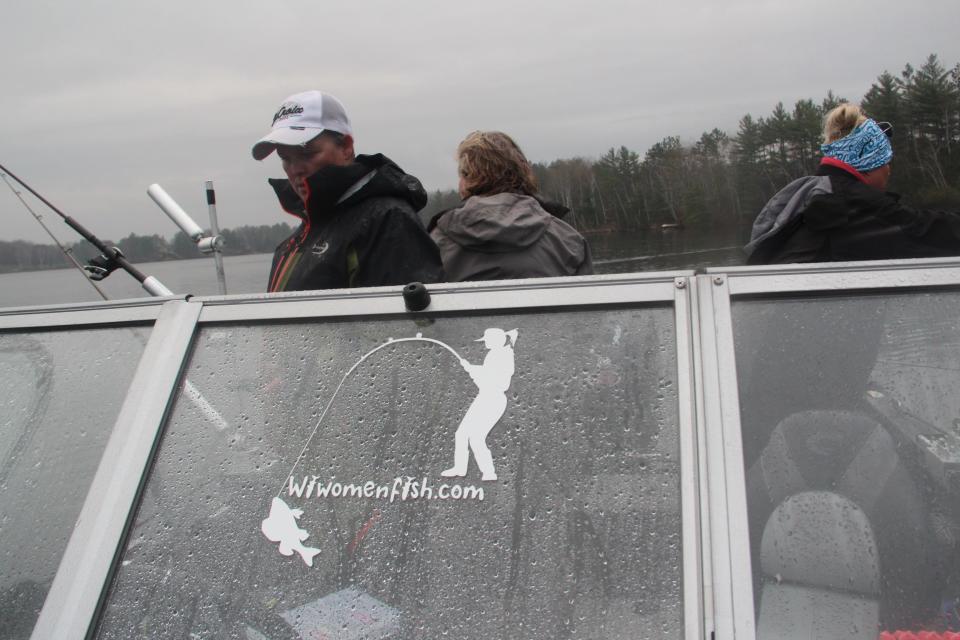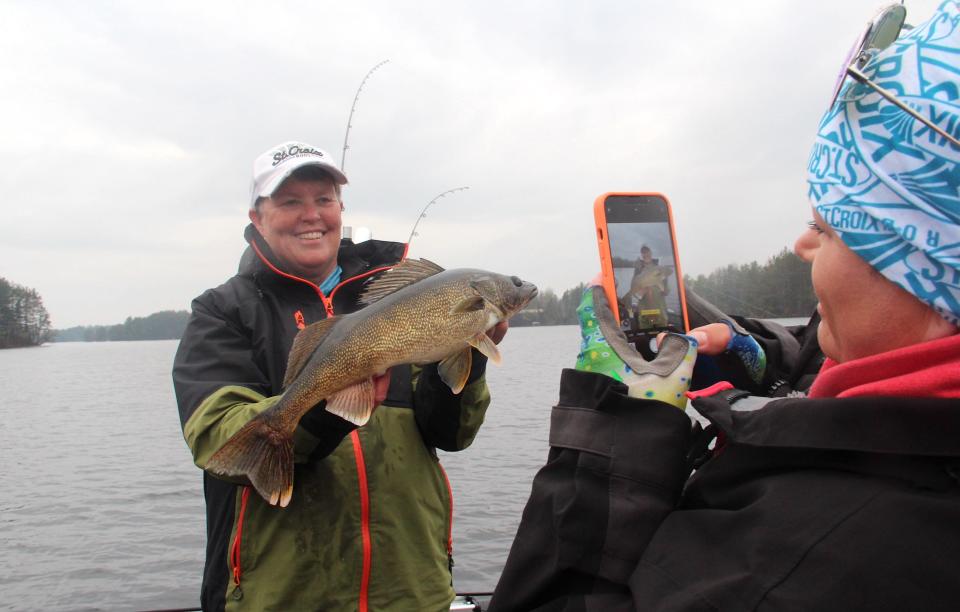Participation among women a focus for those hoping to boost numbers in fishing

Now comes the proposition that women can fish for self-improvement.
The insinuation is strongly conveyed in the aftermath of a survey conducted by a France-based marketing firm, Ipsos, on behalf of the U.S.-based Recreational Boating & Fishing Foundation.
Is this to say that women who aren’t born liars can by repeated effort get over it, same as any male angler steeped in the fishing arts? Maybe, but the point the survey aims for is rather different.
The campaign pitch, “Find Your Best Self,” implies that not only a good time but personal growth is in play when on the water casting bait for whatever is out there begging to be reeled in.
Did you know, for example, the survey found one in four women who fish says the activity “helps them manage their moods and long-term stress?” Or have you considered the possibility that women who fish “are more likely to say setbacks don’t discourage them?”
Or that almost half of the surveyed women agreed fishing teaches patience? That women who fish are more likely than not to describe their health as very good? And that one in five women who fish believe “they can do anything they set their mind to?”
Nothing about that breathtaking profile need be untrue, though in terms of separating causality and correlation the survey results offer little in the way of enlightenment.
Inescapable, though, within the orb of marketing miasma lies the unsaid certainty that spending goes with fishing, boating and self-expression.

Trade groups do promote trade, and appeals to emotion to expand sales goes at least as far back as 1929. That’s when marketing pioneer Edward Bernays promoted cigarettes as “torches of freedom” lighting a pathway to liberation in the minds of shackled women.
The world since has come a long way, baby, largely by selling self-improvement through spending on stuff. The notion downright flourishes.
Not that an increase in fishing license sales would be unwelcome. Lake Erie again has plenty of fish worth catching, and many inland impoundments around central Ohio are kept well-stocked.
Fish nurturing is one of the byproducts of license sales, the hinge on which swings the Ohio Division of Wildlife’s existence, revenue and efforts.
Fishing license sales in Ohio topped 905,000 in 2021, a decrease of about 10% from the 1980s average when the Lake Erie walleye boom intersected with some of the prime years of the Baby Boomers. Current sales, nonetheless, stand considerably higher than the 2000 total of about 743,000.
While long-term fishing numbers seem to be holding steady, the number of anglers would increase 26% if women participated at the same level as men, the RBFF stated in a summary sheet about its revved-up campaign to lure ladies.
On average, female anglers spend $962 annually on gear and services, the RBFF reported. A projection follows that a 10% increase in women’s participation would add $1 billion in revenue to the sportfishing industry.
Survey responses about fishing and boating participation indicated areas of female discomfort. About 75% said women aren’t “well-represented in fishing marketing and advertising,” and 80% said fishing gear and apparel isn’t designed with women in mind.
About 40% of respondents said women don’t “feel respected by the angler community,” and 25% said “negative stereotypes exist about women’s ability to fish.”
Mothers fish with their young children more than fathers do, the report said.
Because a lifelong interest typically follows a kid who starts by age 12, the number of mothers who angle could shape the future popularity of fishing.
This article originally appeared on The Columbus Dispatch: Women a focus for those hoping to boost numbers in fishing

